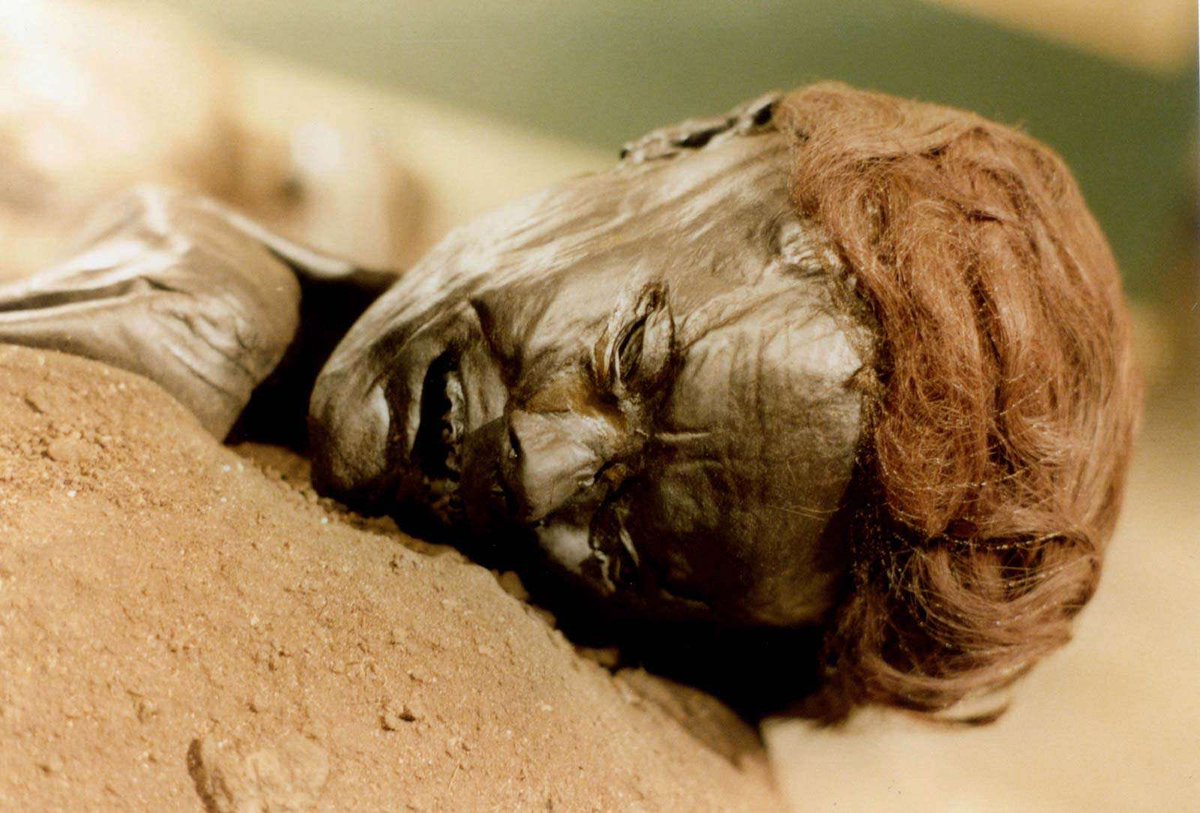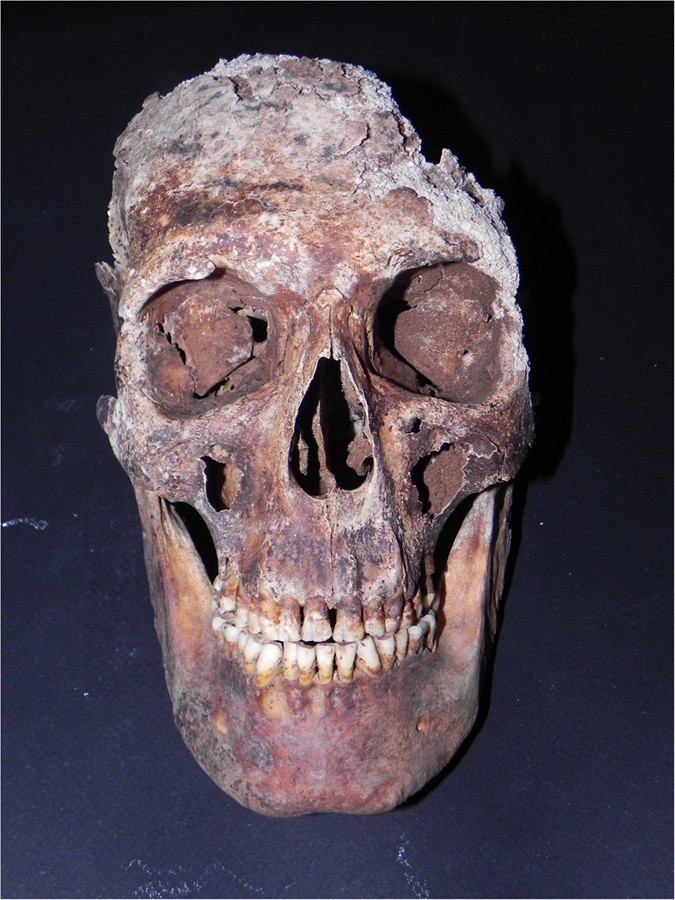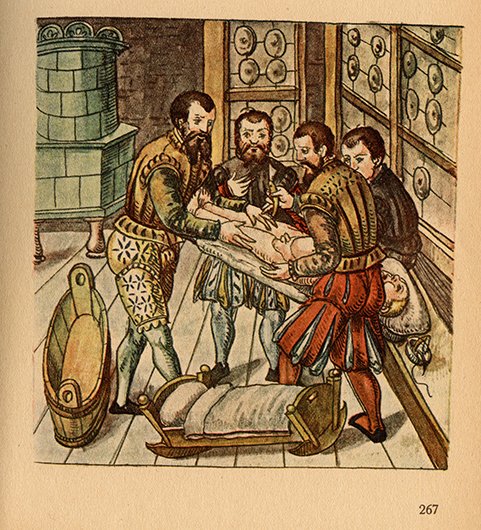
This is the grave of 27 year old Betty Corrigal, who died in the 1770s. It lies between Hoy & North Walls in Orkney & has been called the loneliest grave in the world. Poor Betty could not be buried in consecrated ground.
Thread
CW: suicide
Thread
CW: suicide

Not much is known about poor Betty but she lived in Greengairs Cottage near Rysa on Orkney. It is said she was seduced by a young man who got her pregnant & abandoned her soon after 

The social shame of being pregnant outside of wedlock was so great that Betty was shunned by her family & community. The humiliation was so great, Betty took her own life before giving birth.
(George Frederic Watts, c.1850)
(George Frederic Watts, c.1850)

Because she had died by her own hand (a moral sin), she was not allowed a Christian burial in consecrated ground. The decision was taken to bury Betty in an unmarked grave outside the parish boundary.
(Hablot K. Browne, 1852)
(Hablot K. Browne, 1852)

And there she would have stayed were it not for two peat-cutters in 1933 who dug up her wooden coffin. Thinking there might be something of value inside, they opened it & discovered Betty’s body - almost perfectly preserved by the peat. (Charles J. McAuley) 

She still had the noose she hanged herself with, though it crumbled to dust as soon as they handled it. The authorities investigated and made the decision to bury Betty in her grave again.
In 1941, soldiers stationed on Orkney again discovered the grave, & Betty’s perfectly preserved body, while digging for peat.
(Soldiers deployed to Hoy, credit Lindsay, G.J. & Dobney, K., 2014)
(Soldiers deployed to Hoy, credit Lindsay, G.J. & Dobney, K., 2014)

Again the authorities ordered her to be reburied, but word has spread & soldiers kept digging poor Betty up to look at “the Lady of Hoy.”
The air soon caused her body to decay and the decision was made to bury Betty under a concrete slab, where she stayed. In 1949, an American minister called Kenwood Bryant marked Betty’s grave with a wooden cross & a little fence. 

30 years later in 1976, a small fibre-glass headstone was added to the grave & a burial service was finally performed. Betty Corrigal’s grave is now a popular tourist attraction 

If you would to read more, here is the source I used orkneyjar.com/history/histor…
• • •
Missing some Tweet in this thread? You can try to
force a refresh














